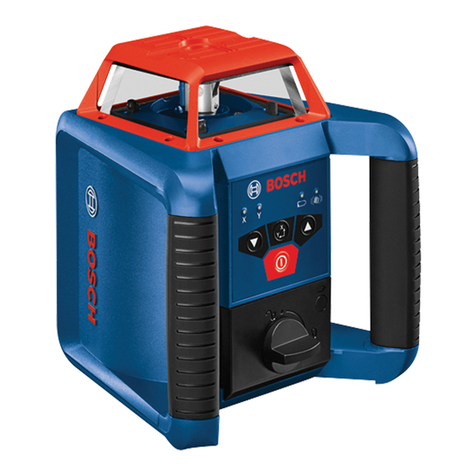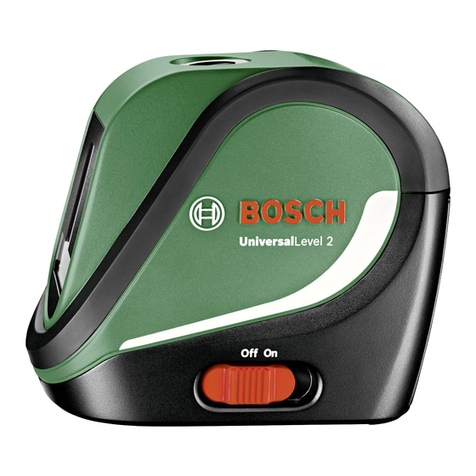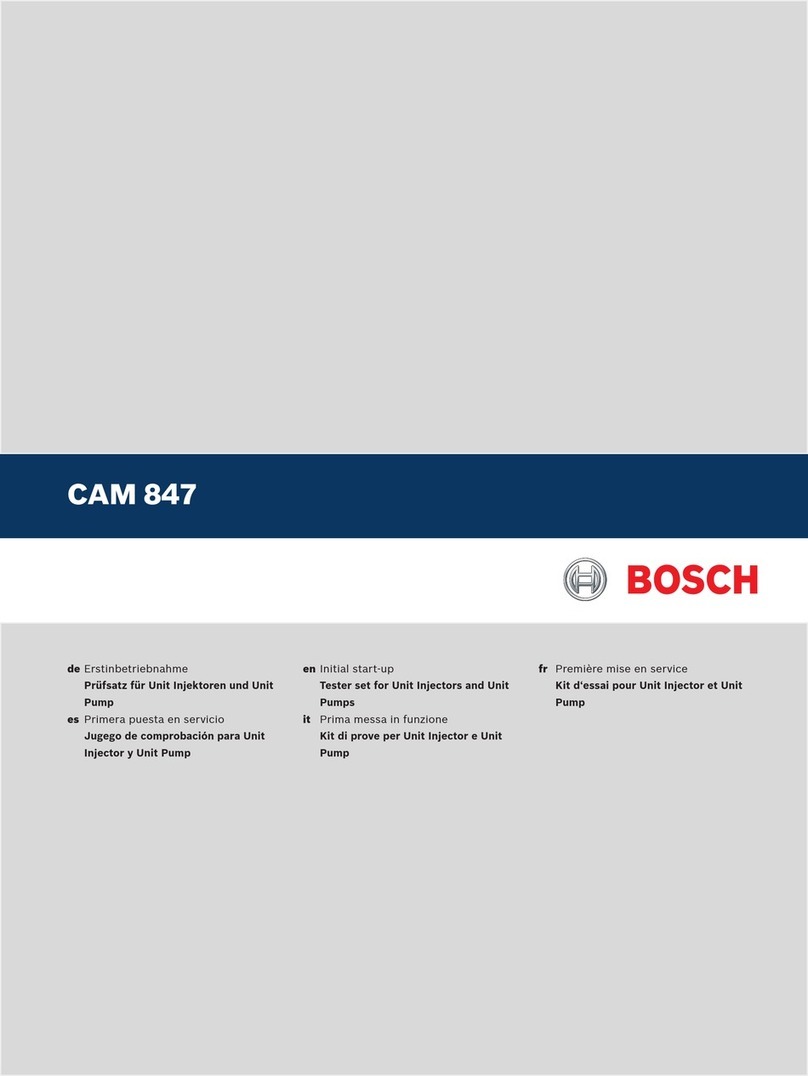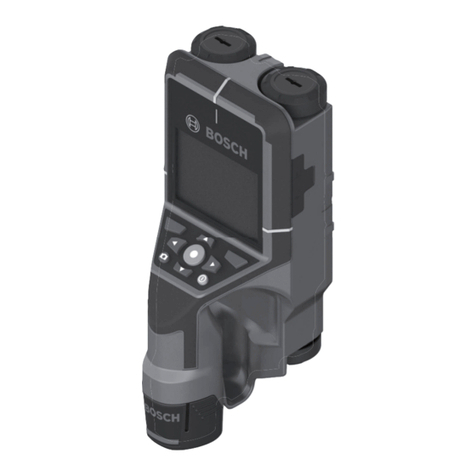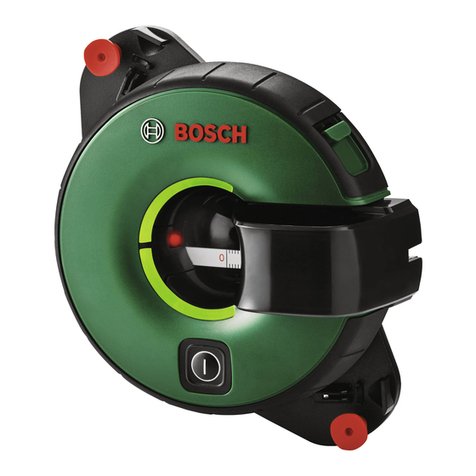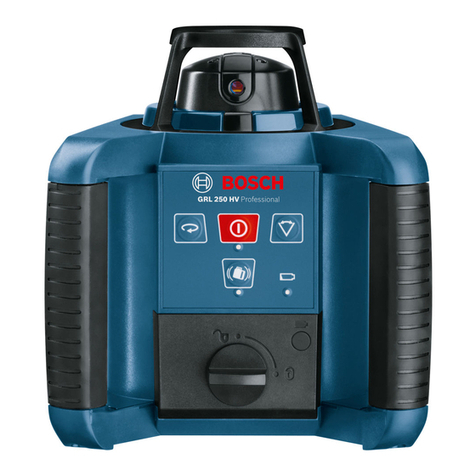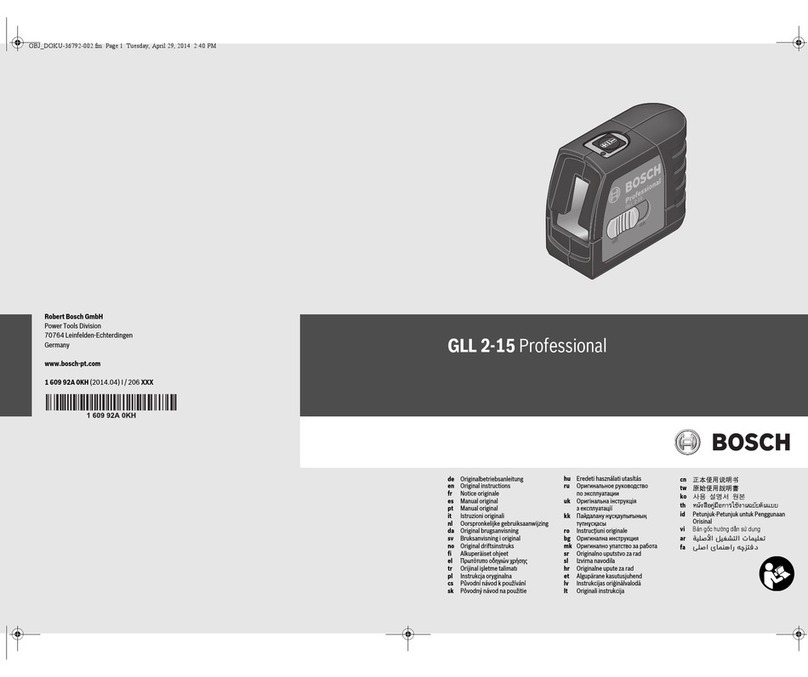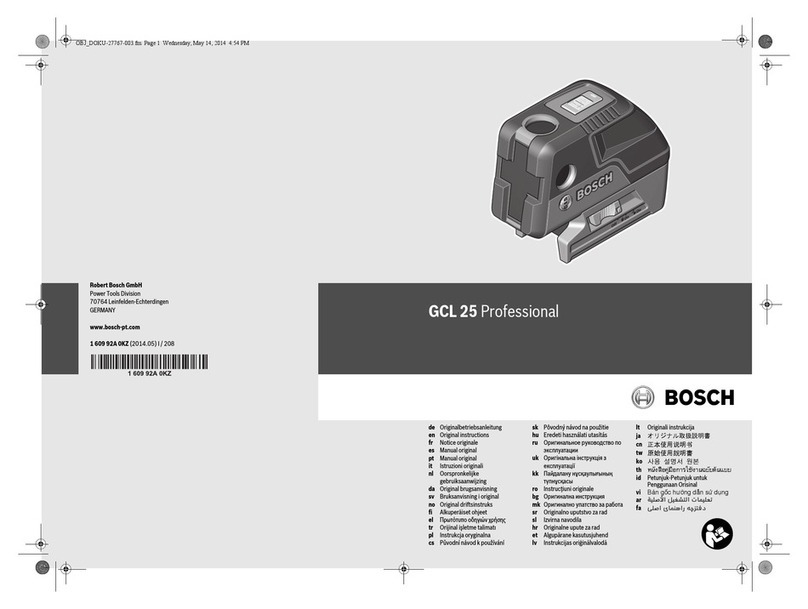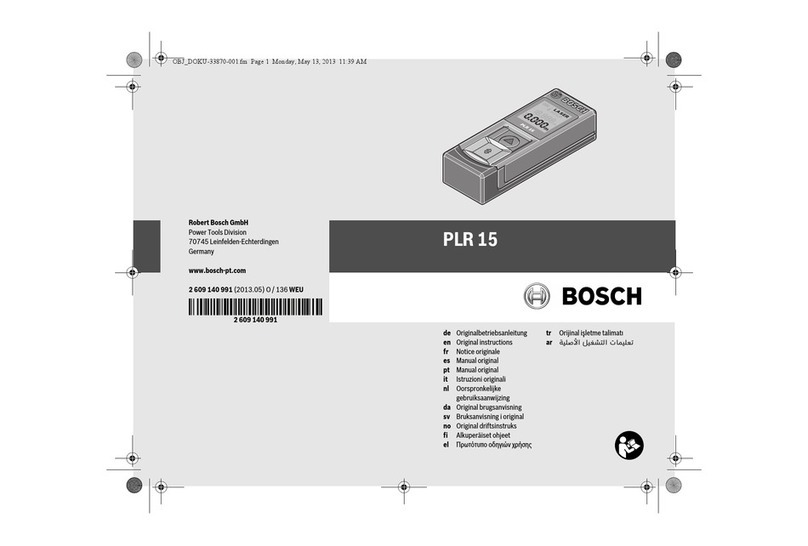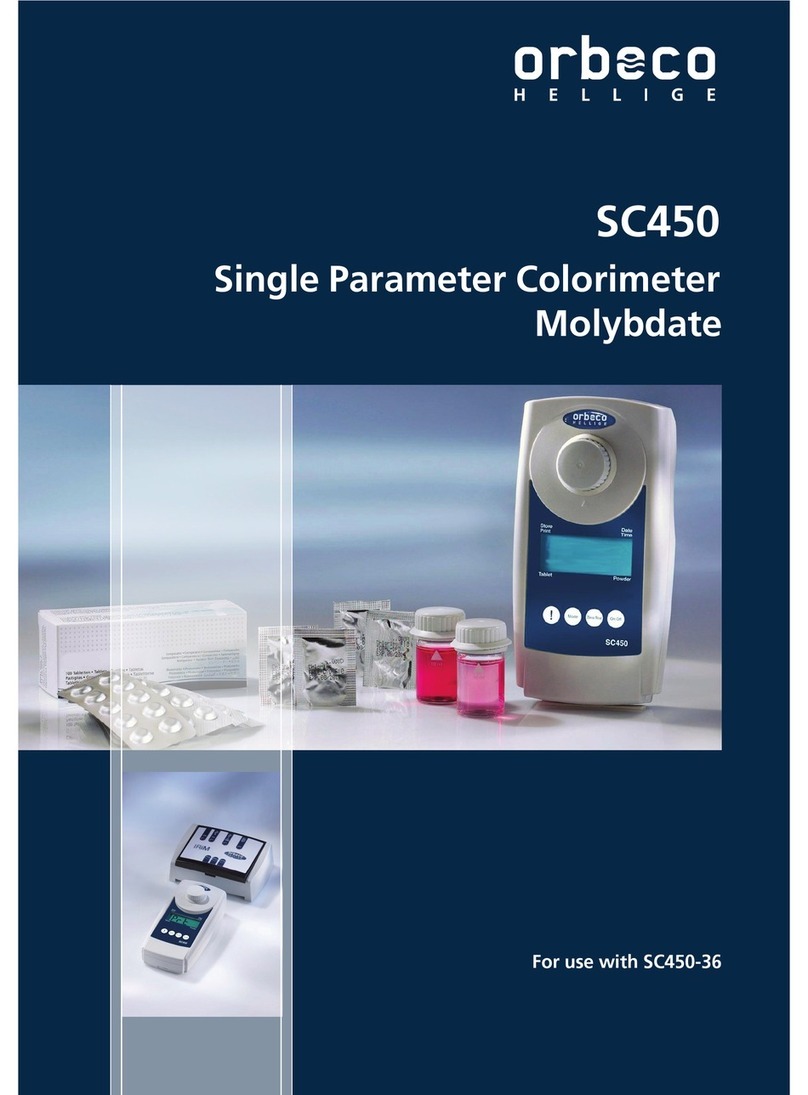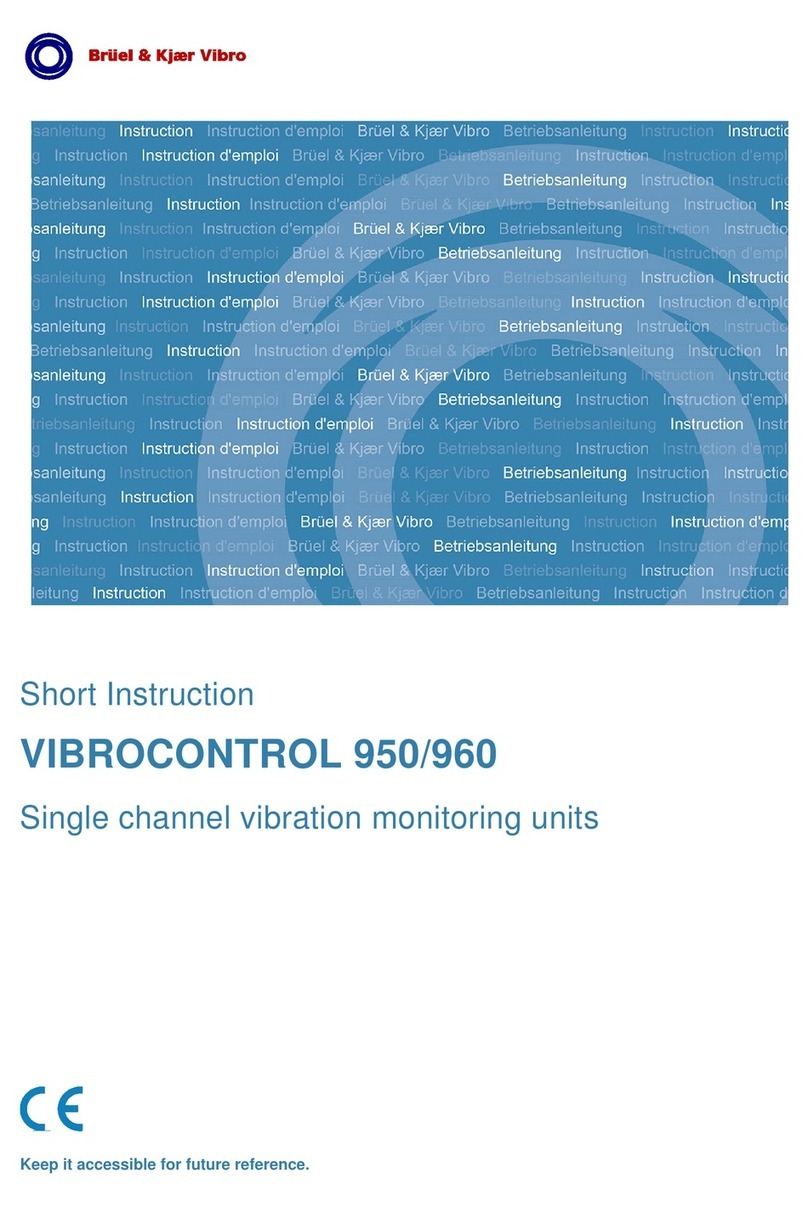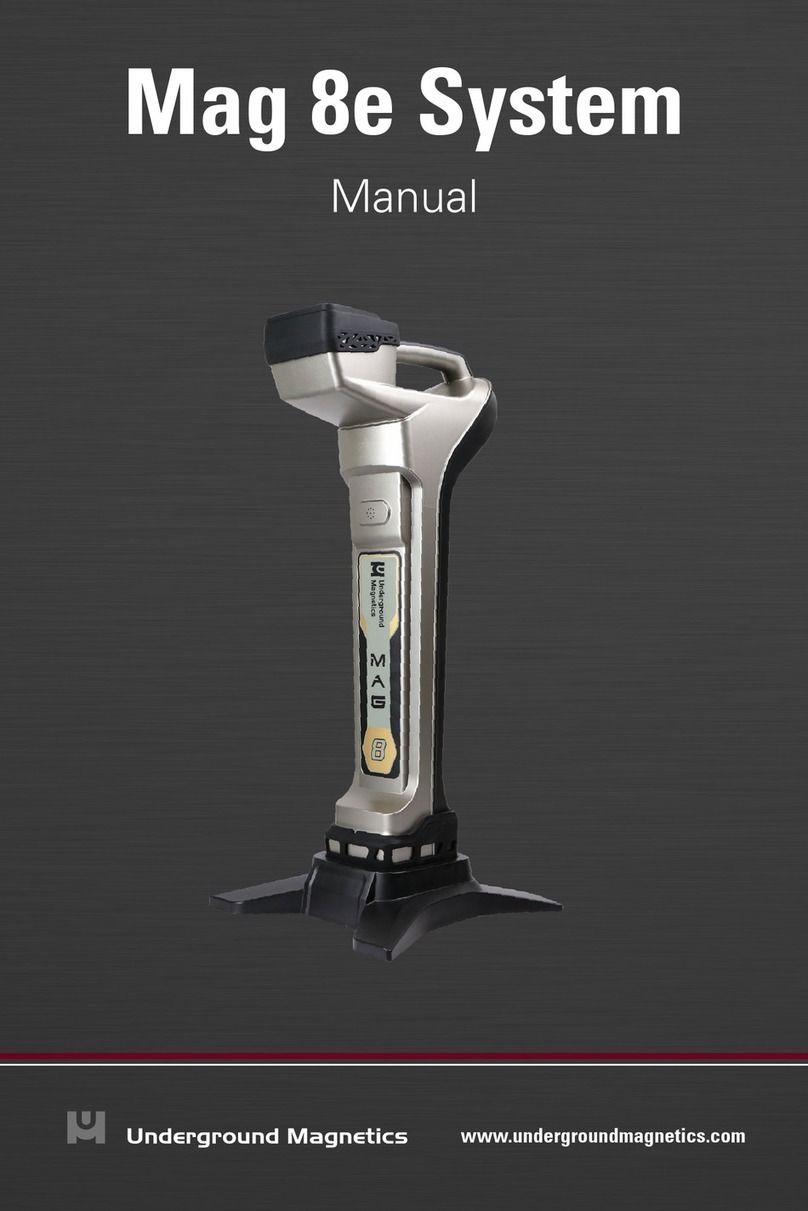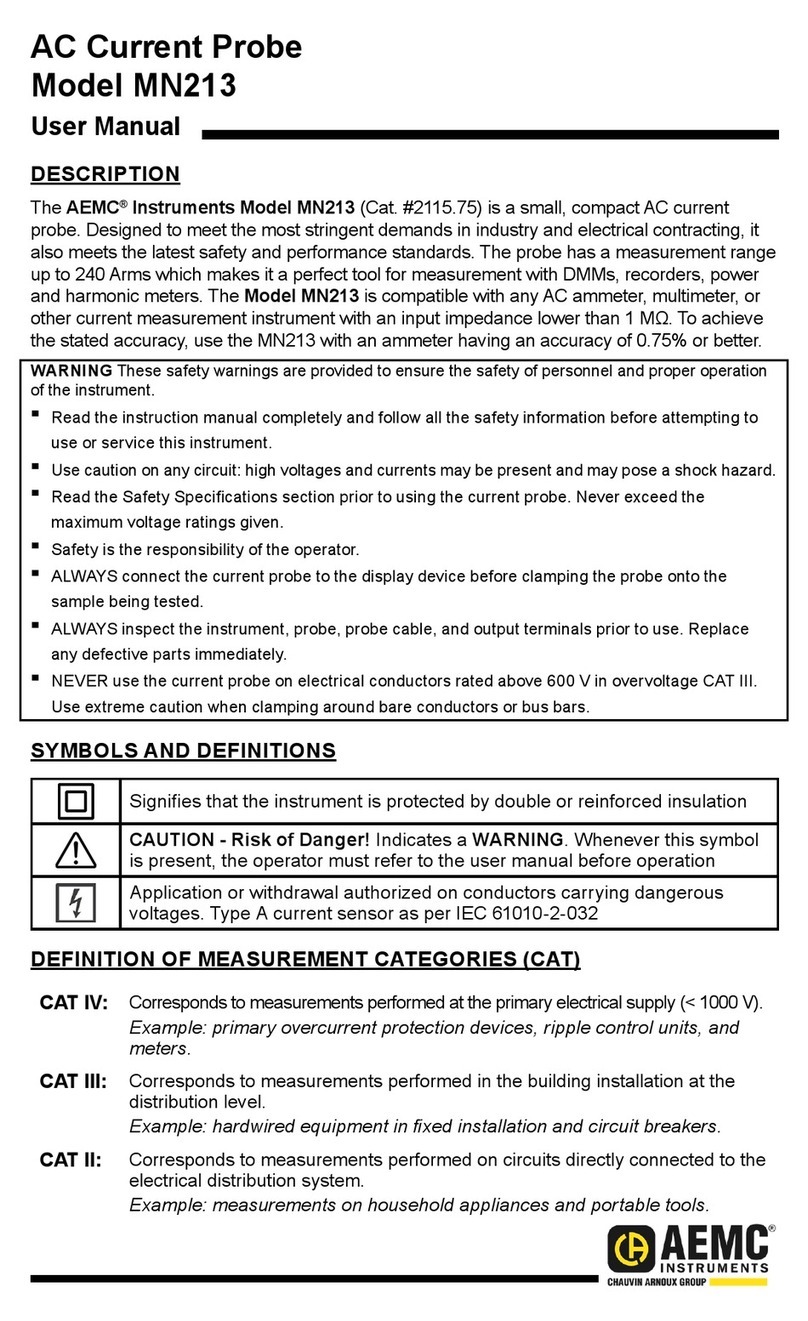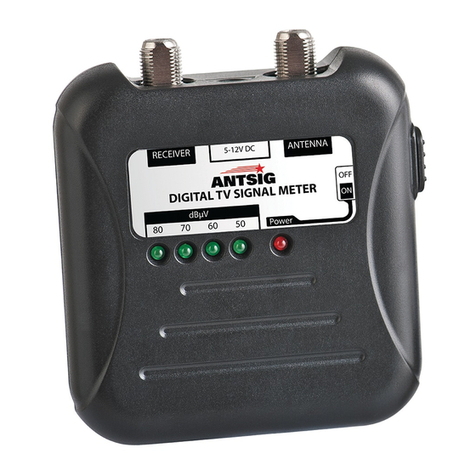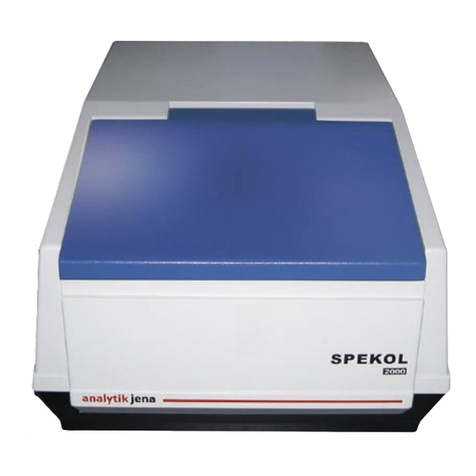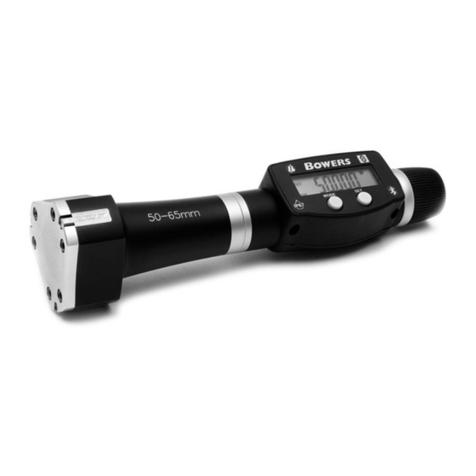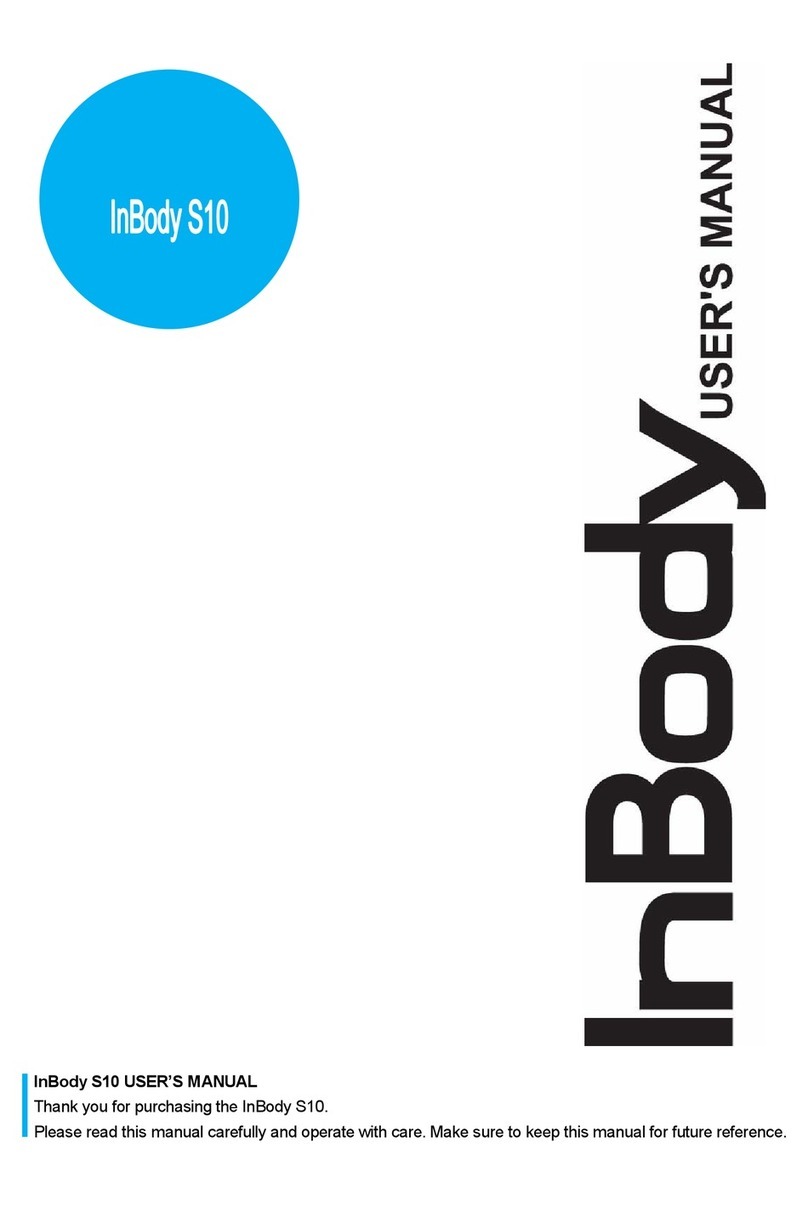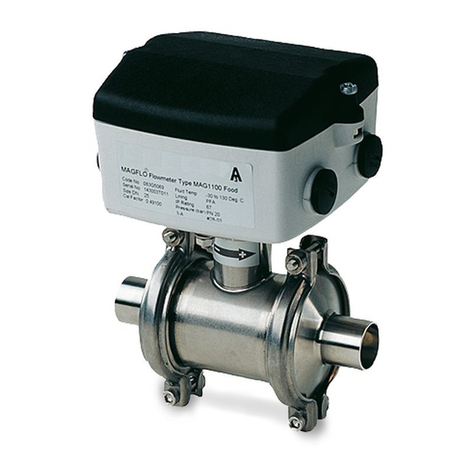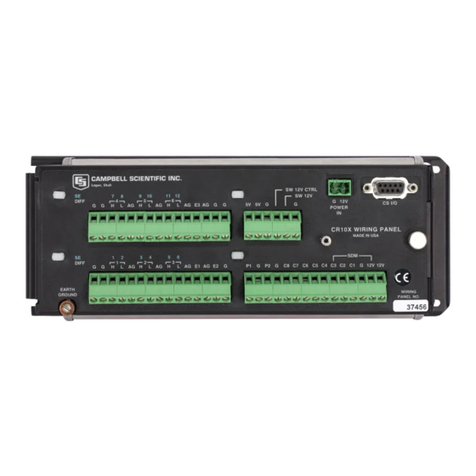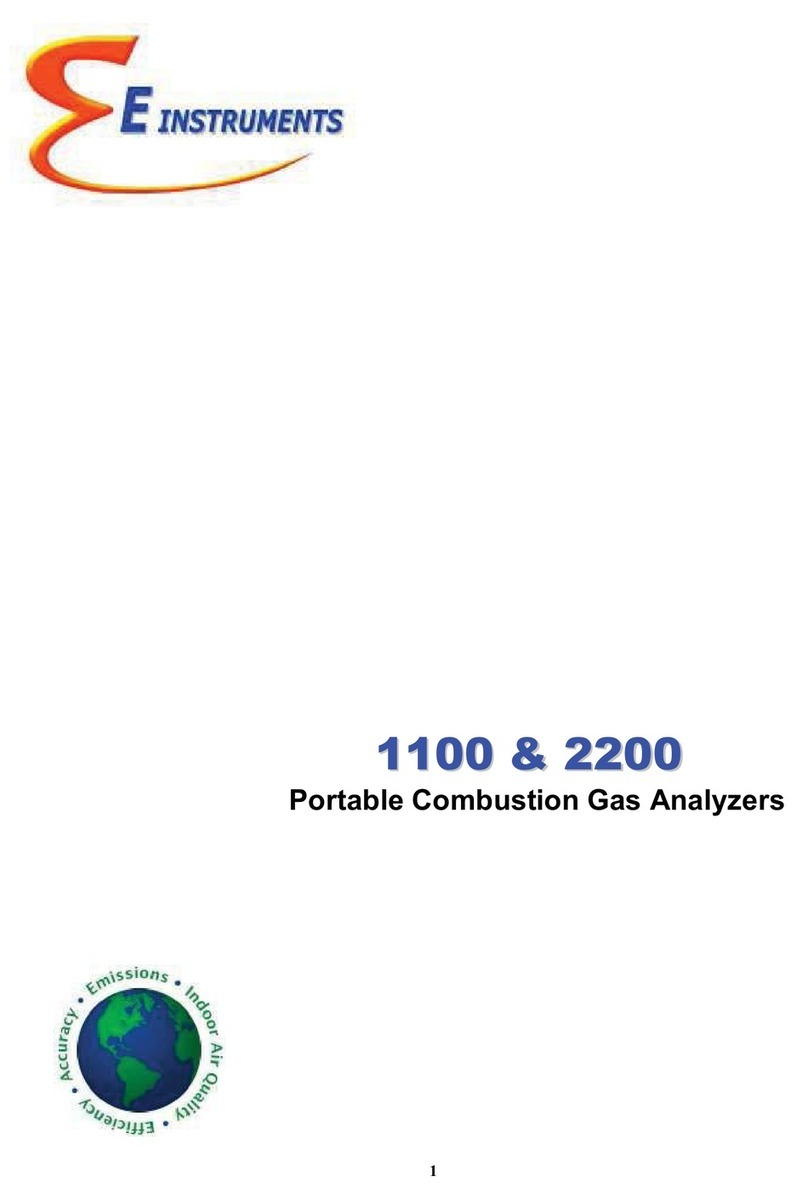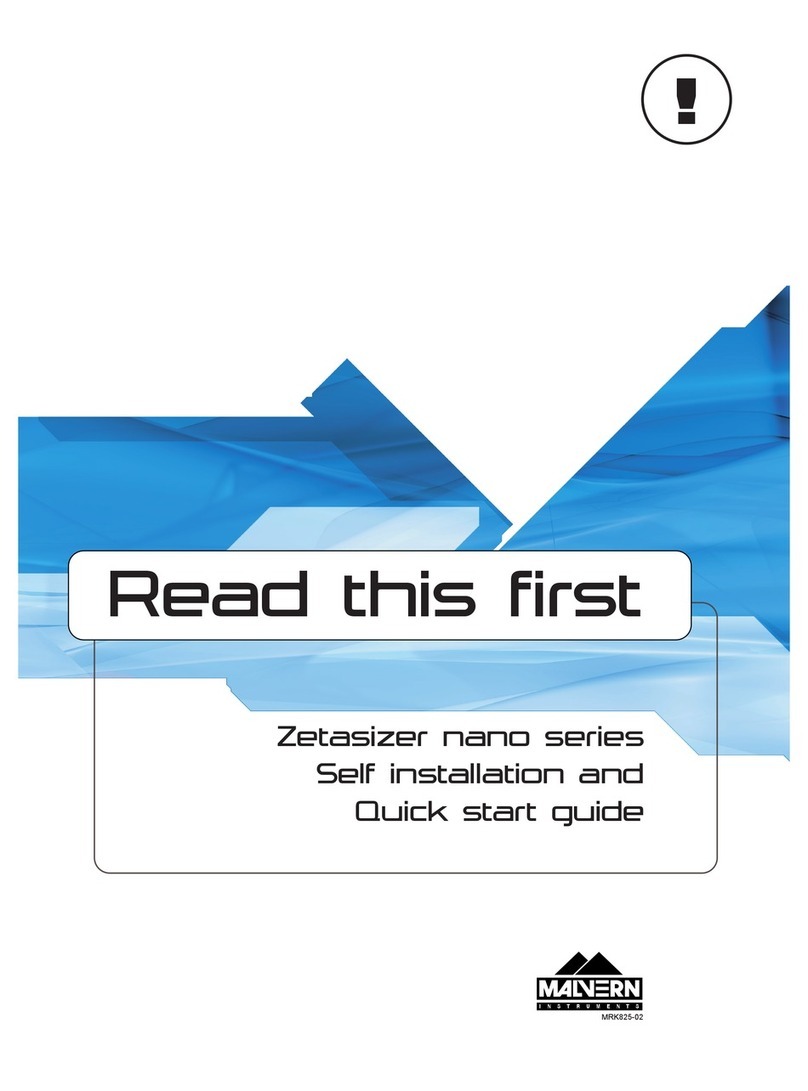
18 TRANSFLOW Transmission Cooling System Service Tool J-45096
Useful Information/Helpful Hints
1. If there is a question regarding the transmission oil
cooler (T.O.C.) ow direction of a specic vehicle
application, please be sure to review General Motors
Service Bulletin #02-07-30-052.
2. The Automatic Transmission Fluid (ATF) in the
supply vessel of TransFlow must be greater than 65
degrees Fahrenheit in order for TransFlow to operate.
During the colder winter months you may want to
consider some of these suggestions to keep the ATF
at 65 degrees F or higher:
• Fill the TransFlow’s supply vessel with ATF at
the end of the day and store the machine in the
tool crib, parts department or somewhere in the
dealership where room temperature is maintained
throughout the evening.
• Consider storing a quantity of the ATF in a
location where room temperature is maintained
throughout the evening.
3. A typical ow test and ush operation on a vehicle
uses about 2 gallons (8 quarts) of ATF. If the Trans-
Flow supply vessel is lled to its 32 quart capacity,
you will be able to ow test and ush 4 vehicles per
each full supply vessel.
4. It is recommended to get in the habit of monitoring
the level of waste ATF in the waste vessel to make
sure it does not overll. If it makes sense, it would be
recommended to drain the waste vessel at the end of
the day if the ATF level is around 3/4 full. This will
reduce your chances of overlling the waste vessel
the next day.
5. Build up a few of the T.O.C. line and TransFlow
adapter assemblies ahead of time. This will save
you setup time. The three most common T.O.C. line
adapters are the J-35944-200, the J-35944-91 and
J-35944-440.
6. If the TransFlow’s ATF ll port lls slowly or will
not accept the ATF, remove the screen in the ll port
and inspect it for debris. If no restriction is found and
the ll port will still not accept ATF, contact Bosch
Automotive Service Solutions at 1-800-345-2233 for
technical support and service parts ordering.
7. If TransFlow will not roll or cannot be pushed,
please make sure the front casters are unlocked.
8. If the TransFlow fails a cooler during the ow test,
disconnect from the cooler lines and run the Trans-
Flow self-test procedure to verify ow is 2.0 gpm
or greater. If you are having difculty obtaining the
90 psi of shop air required to run TransFlow, please
consider these suggestions:
• Connect an accurate pressure gauge between
the TransFlow air inlet and the shop to ver-
ify the pressure going into TransFlow from
the shop air supply is at least 90 psi and there
are no obstructions in the shop line.
• Connect TransFlow to an air line that is
closer to the service compressor.
• Check service compressor’s pressure.
• Connect to the body shop air line, which may be
at a higher pressure.
• Contact compressor supplier for support.
9. To adjust TransFlow internal pressure regulator:
1. Open the rear swinging door.
2. Remove (3) T-30 Torx head screws inside the
rear door.
3. Remove (2) T-30 Torx head screws from the
front right.
4. Lift up on the front cover to remove it from the
bottom of the cart, tip the bottom outward and
lower the cover to completely remove it.
5. Reach through the right front of the machine to
access the pressure regulator
6. Pull up the regulator knob and turn it counter-
clockwise to increase to pressure.
7. Push knob back down to lock it in position
8. During reassembly, be sure to position the front
panel up under the hood.
9. Reinstall the (5) Torx screws.
If this procedure does not increase self-test ow rate
to minimum of 2.0 gpm, contact Bosch Automotive
Service Solutions at 1-800-345-2233 for technical
support and service parts ordering.




















